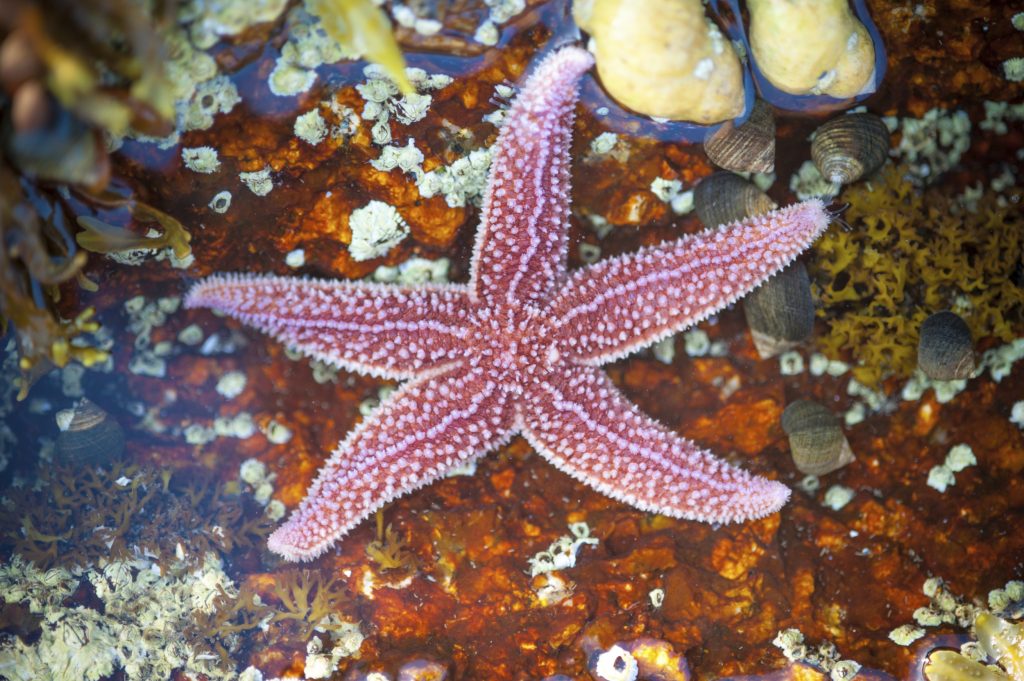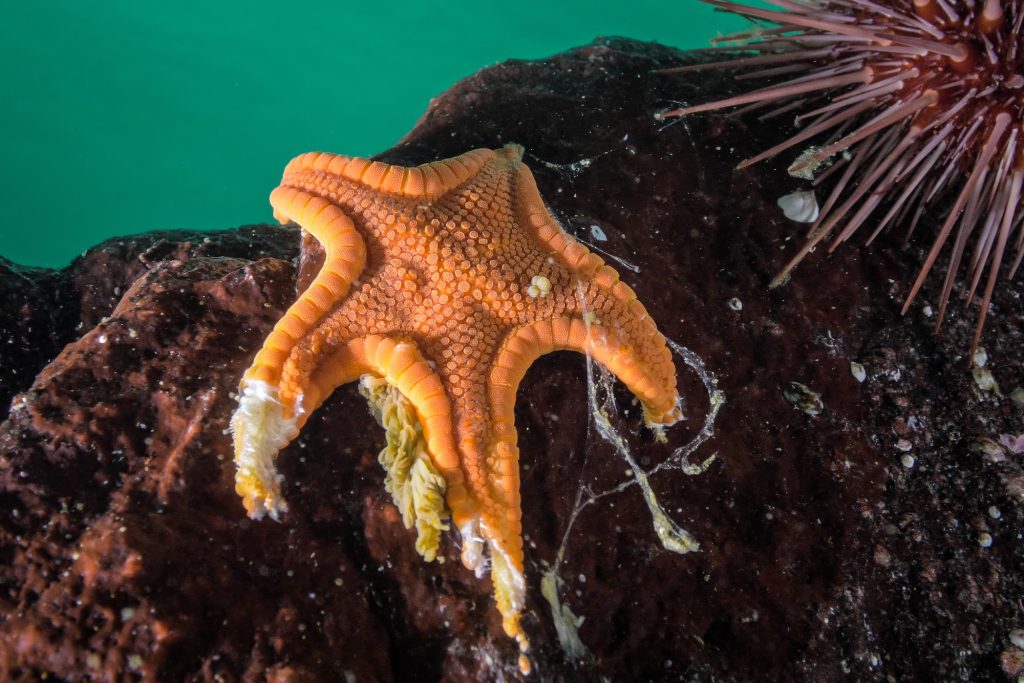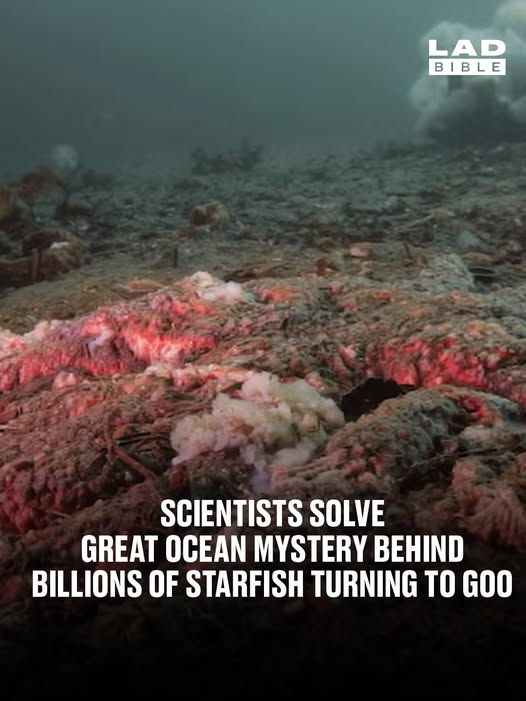In 2013, marine biologists were left puzzled when billions of starfish along North America’s Pacific coast seemed to dissolve into goo. This devastating event, known as Sea Star Wasting Disease (SSWD), led to twisted arms, lesions, arm loss, and total body disintegration in starfish prompting urgent concern among conservationists.
The Scope of the Outbreak
The epidemic ravaged starfish populations from Mexico to Alaska, with over 20 species affected. The once-abundant sunflower sea star lost an estimated 90% of its population in the first five years alone, earning it a spot on the critically endangered list.

Unraveling the Cause
For more than a decade, scientists suspected a bacterial culprit—specifically from the Vibrio genus, notorious for causing cholera in humans. Yet the exact species responsible remained elusive. That changed with a new study published in Nature Ecology and Evolution, which identified *Vibrio pectenicida as the likely agent behind the SSWD. This strain’s stealthy behavior allowed it to persist undetected for years.
Climate Change Amplifies the Threat
Researchers caution that this pathogen could become even more destructive as oceans warm—higher temperatures may enable the bacteria to thrive, increasing the risk of future outbreaks.
Toward a Solution
With identification of the pathogen now confirmed, the next step is prevention. Scientists are developing a diagnostic test to detect the bacterium’s genetic markers quickly. This tool will enable health officials to screen starfish populations and act promptly to prevent further spread. In critical cases, it may even allow relocation or captive breeding of healthy sea stars before reintroducing them to affected ecosystems.
Why It Matters
This breakthrough marks a turning point in marine conservation. For years, the cause of these catastrophic losses was unknown—making effective management nearly impossible. Now, with a specific target identified, there’s a clear path toward recovery. Not only can survivors be protected, but proactive restoration efforts can begin in earnest.

The Importance of Sea Stars in Ocean Ecosystems
Sea stars play a vital role in maintaining the balance of marine ecosystems. As keystone predators, they help control the population of other species such as mussels and sea urchins, preventing these populations from overwhelming coral reefs and kelp forests. The decline of sea star populations due to the epidemic has led to noticeable changes in these habitats, including overgrowth of certain species and reduced biodiversity. Scientists emphasize that protecting sea stars is not just about saving one species—it’s about preserving the intricate relationships that sustain healthy oceans. The new understanding of the disease’s cause is a crucial step toward safeguarding these marine environments and ensuring that sea stars continue their essential ecological role for generations to come
Final Thoughts: Science Lighting the Way
The nearly decade-long hunt for answers to the Sea Star Wasting Disease highlights both the fragility of marine ecosystems and the resilience of scientific research. Identifying Vibrio pectenicida offers renewed hope for reversing the decline of starfish, whose disappearance could ripple through ocean food webs. As marine bacteria may flourish in a warming world, vigilance, prevention, and swift action have never been more essential.

















